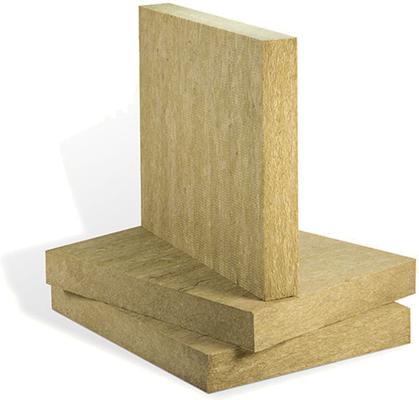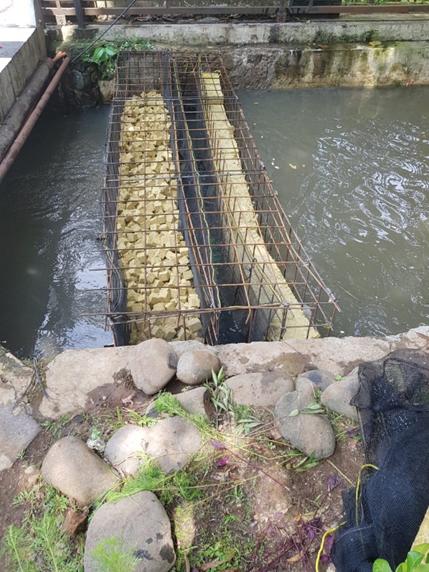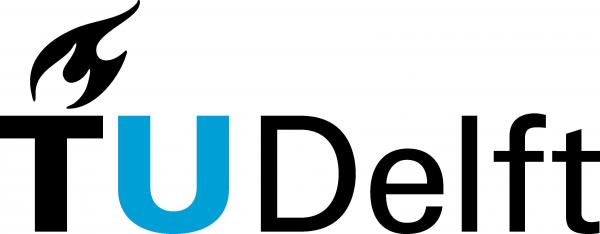Working principles
Clean blocks are specially produced drain blocks, consisting of mineral wool cubes that are used to filter sewage and to treat the water by the biological activity within the filters.
This technology focusses specifically on removing turbidity, COD, NH4-N and PO4-P and doesn’t require energy to operate. The filters will be tested as a passive in situ treatment step in the drain when the hydraulic capacity of the drain is sufficient during dry season, and as a pre-treatment of the PAS system on site.
The clean blocks consist of cotton candy made from molten rock with densities 120 – 80 – 45 kg/m3
High porosity > 98%
- High hydraulic conductivity ≤ 1 m/min
- High filtration rate
- Large internal surface area
- Biofilm formation
Test results and evaluation
Wastewater treatment and reuse
Lab-scale experiments were conducted to evaluate nutrient removal using mineral wool and biofilm in continuous operation. Mineral wool was characterized for its TSS removal capabilities and prone to clogging. Design modifications, including the use of mineral wool cubes, improved solids settling and run times, but it was concluded that Cleanblocks technology is not suitable for in-drain treatment due to clogging sensitivity.
Nevertheless, Cleanblocks can be used as a polishing step to remove suspended solids after other treatment technology, such as the Photo Activated Sludge (PAS) system. Experiments were conducted at the Barapullah site, showed that while suspended solids were removed, total dissolved solids concentration and effluent conductivity increased. Finally, nitrification was observed, but denitrification did not occur due to high oxygen levels in the feed. Thus, no phosphorus or nitrogen removal was achieved.
Further work is expected on evaluating the potential of biofilm modifications to Cleanblocks.
For more details, consult Deliverable Report D3.2.
Resource recovery
For resource recovery, mineral wool dissolution and subsequent phosphate precipitation was investigated pH mediated. While PHREEQC modelling demonstrated the potential for struvite precipitation in drain water by adding calcium or iron, experiments revealed that mineral wool dissolution did not occur at varying pH levels (4, 7, and 8.5) over four
weeks. Instead, mineral wool acted as a buffer in both acidic and basic conditions. As a result, phosphate removal via mineral wool dissolution was deemed unfeasible. However, the modelling indicated that, under New Delhi conditions, phosphate recovery could still be achieved by introducing calcium or iron, leading to spontaneous phosphate precipitation in drain water. Therefore, the addition of calcium and/or iron remains a promising approach for phosphate removal in such settings. This can be a further line of research moving forwards.




